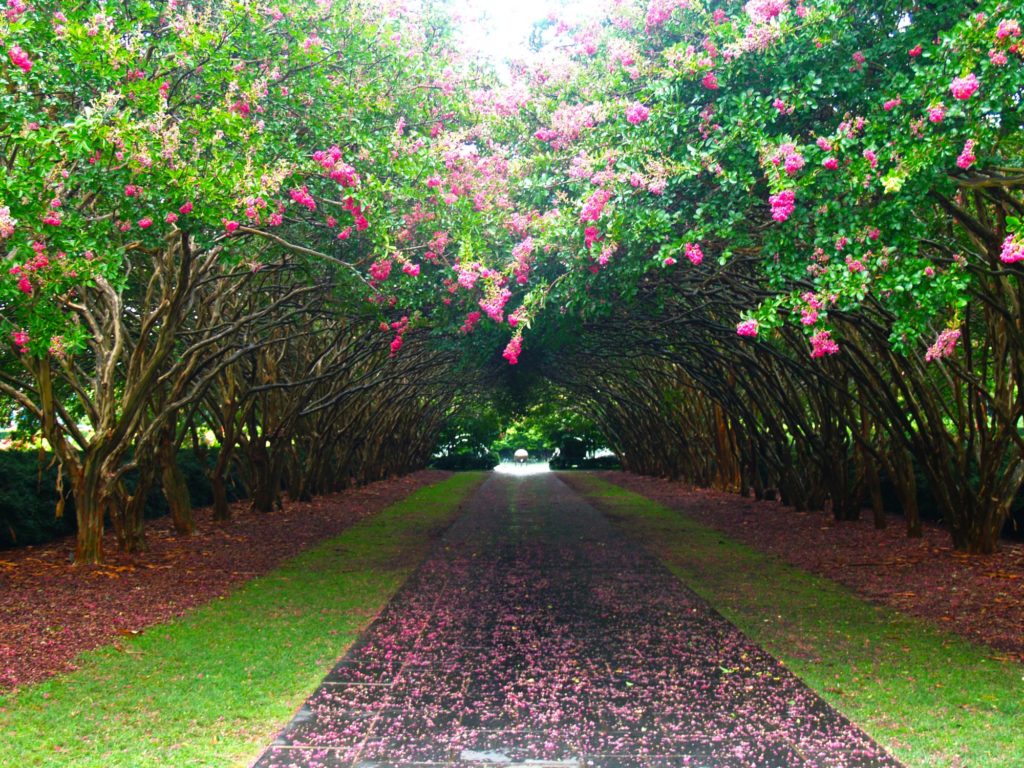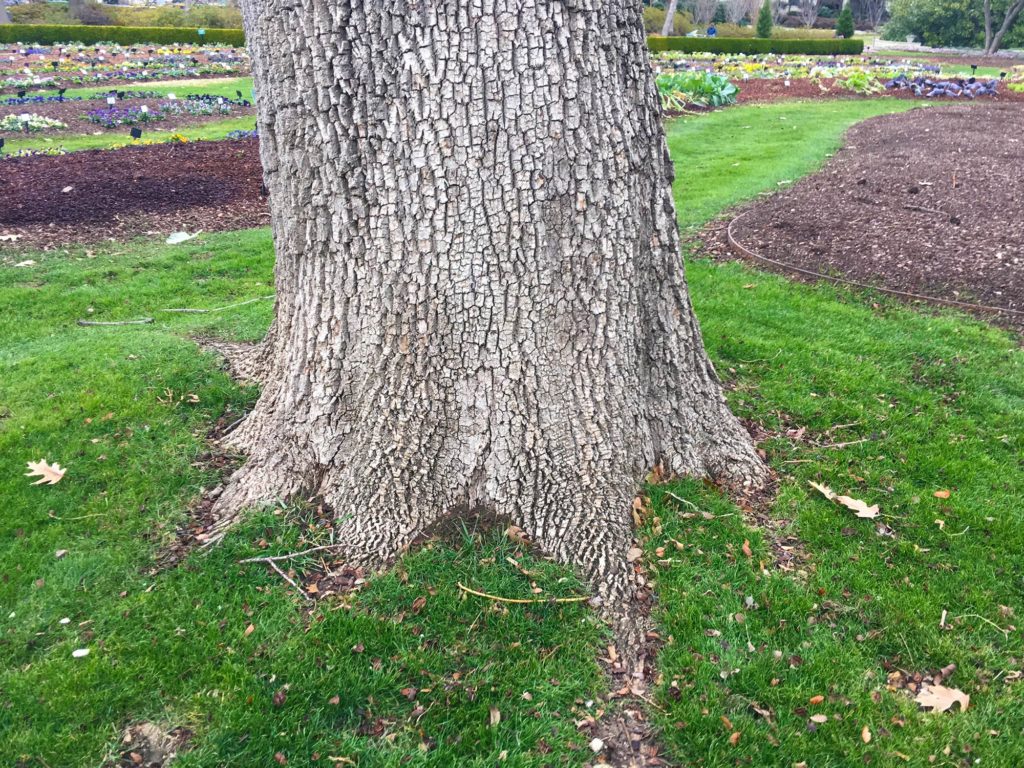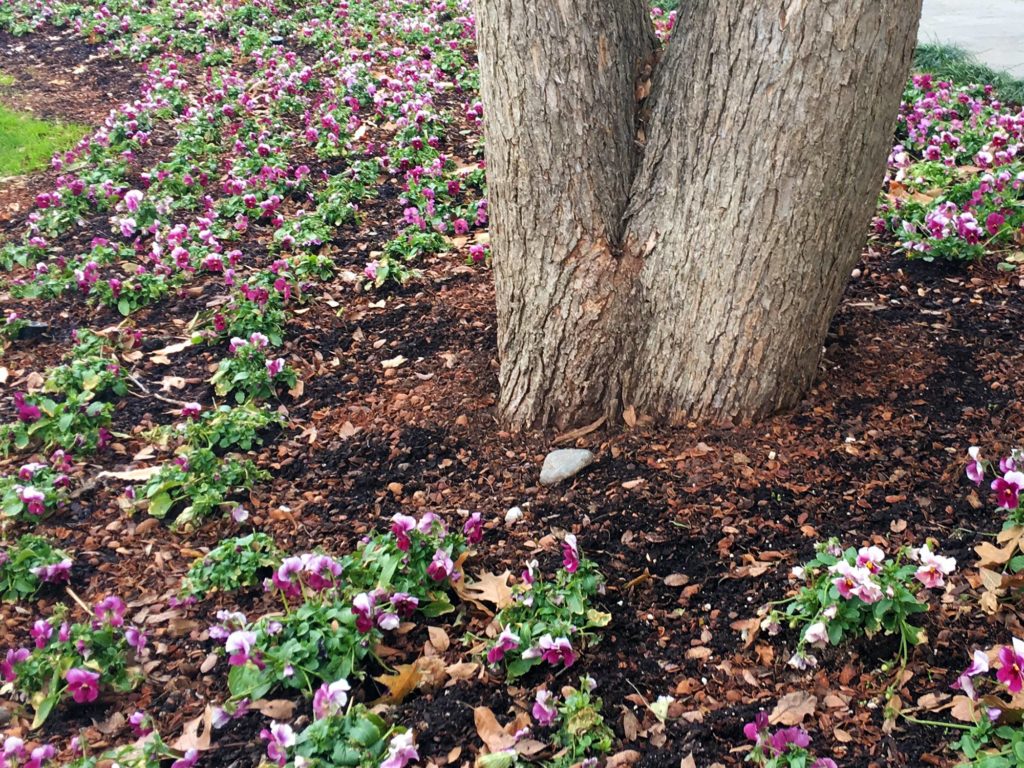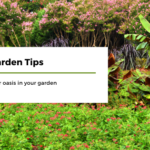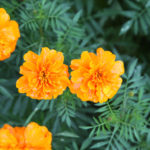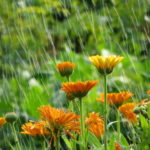Gardening Tips: Trees and Your Root Flare
It’s the perfect time of year to give your trees the attention and tender loving care they need to stay strong and beautiful.
Most people know at least something about the leaves, limbs, branches, and trunks of trees, and if you have trees you may have through about how to take care of these areas. But there is an important area of the tree that can be neglected, and it’s right in front of you. It’s called the root flare.
What is a root flare?
The root flare is the area at the base of the trunk – it’s that nice, smooth curve where the trunk meets the top of the roots. And it’s essential for a tree’s long-term health.
If you can’t see your tree’s root flare, that tree could be in trouble. In fact, a covered root flare is the most common cause of tree decline, whether because the tree was planted too deep or too much soil or mulch has been piled up against the base of your tree, burying the root flair.
If the leaves fall off the tree earlier than normal in the fall, or if the leaves seem to sprout from the branches too late in the spring, that tree’s root flair might not be properly exposed.
Why are buried root flares bad?
When a tree’s root flare isn’t exposed, several bad things can happen. If the root flare is damaged or does not develop properly, a tree can become unstable and potentially fall, which is a hazard.
Soil up around the base of the tree can suffocate feeder roots, stressing the tree. Moisture from soil covering the root flare can soften tree bark, allowing pathogens and insects to penetrate the bark and damage your tree.
A buried root flare can also lead to girdling roots choking the tree. Girdling roots occur because the trees own roots will reach out into any soil they can to get water and nutrients, even if that means growing up around the buried bottom of the trunk and root flair. These girdling roots can “choke” the tree by limiting uptake of water, nutrients and oxygen.
Root flares often get buried during construction projects that take place near trees. Sometimes, landscapers pile large amounts of mulch around trees, thinking this is good for the tree. We call this a “mulch volcano.”
How do you expose the root flare?
Removing soil and mulch from the area immediately around the trunk of the tree using special equipment can solve this problem. Professional arborists use a high-pressure air spade that blows away the excess soil and mulch without damaging the roots.
At home, you can try it yourself. Rake away any loose material. Then use a high pressure water nozzle to blow away the excess soil.
There isn’t much gardening to be done in January and February in north Texas, besides covering your vegetable gardens on freezing nights, so a period of warmer days I the perfect time to undertake this kind of garden work and ensure your trees remain strong and healthy.
Related Posts
Comments are closed.


